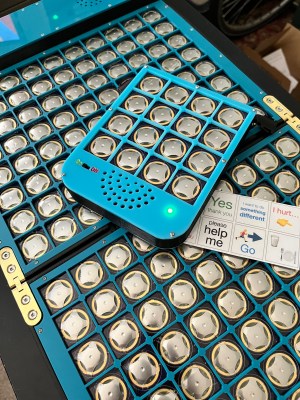What can you do with a cheap Linux machine with limited flash and only a single free GPIO line? Probably not much, but sometimes, just getting root to prove you can is the main goal of a project. If that happens to lead somewhere useful, well, that’s just icing on the cake.
Like many interesting stories, this one starts on AliExpress, where [Easton] spied some low-cost WiFi repeaters, the ones that plug directly into the wall and extend your wireless network another few meters or so. Unable to resist the siren song, a few of these dongles showed up in the mailbox, ripe for the hacking. Spoiler alert: although the attempt on the first device had some success by getting a console session through the UART port and resetting the root password, [Easton] ended up bricking the repeater while trying to install an OpenWRT image.
The second attempt, this time on a different but similar device, proved more fruitful. The rudimentary web UI provided no easy path in, although it did a pretty good job enumerating the hardware [Easton] was working with. With the UART route only likely to provide temptation to brick this one too, [Easton] turned to a security advisory about a vulnerability that allows remote code execution through a specially crafted SSID. That means getting root on these dongles is as simple as a curl command — no hardware hacks needed!
As for what to do with a bunch of little plug-in Linux boxes with WiFi, we’ll leave that up to your imagination. We like [Easton]’s idea of running something like Pi-Hole on them; maybe Home Assistant would be possible, but these are pretty resource-constrained machines. Still, the lessons learned here are valuable, and at this price point, let the games begin.













